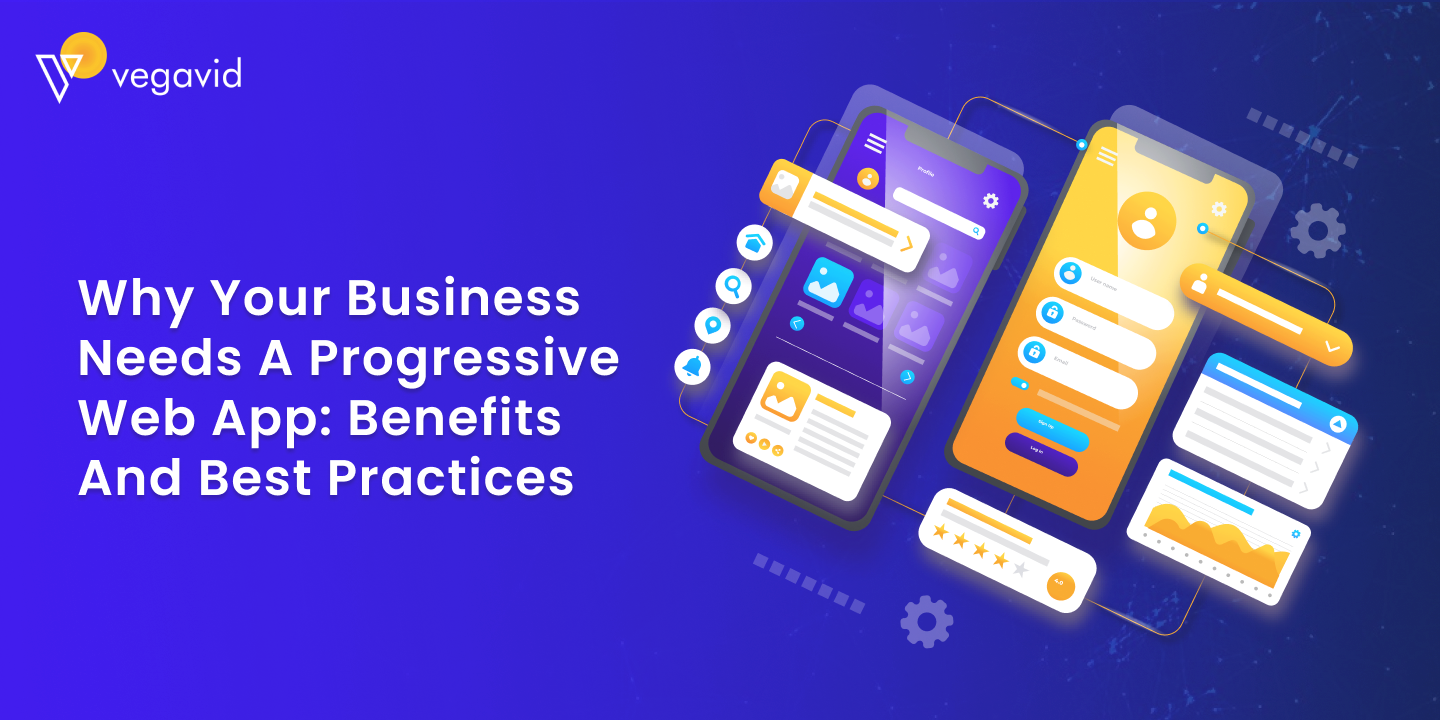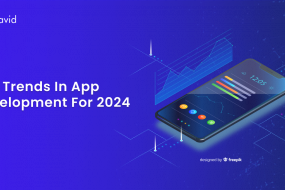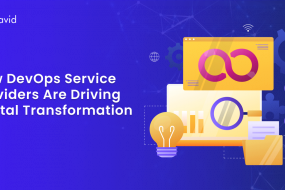
In today’s fast-paced digital world, businesses must adapt to meet customer expectations. One way to do this is through a progressive web app (PWA). This innovative approach combines the best features of websites and mobile applications, providing a seamless experience for users. In this blog, we will explore why your business needs a progressive web app, the benefits of PWAs, and best practices for effective PWA development.
Understanding Progressive Web Apps
Before diving into the benefits, let’s clarify what a progressive web app is. A PWA is a web application that leverages modern web capabilities to deliver an app-like experience to users. It works on any platform with a standard-compliant browser, making it accessible across devices without the need for app store installation.
PWAs utilize service workers, which enable features such as offline access, push notifications, and fast loading times. These characteristics significantly enhance user engagement and satisfaction.
Benefits of a Progressive Web App
1. Improved User Experience
User experience (UX) is crucial for any business. A progressive web app enhances UX by providing fast loading times, smooth navigation, and offline capabilities. Users can access your app even when they lose internet connectivity, which keeps them engaged and reduces frustration.
2. Cost-Effective Development
Developing a PWA is more cost-effective than creating separate native apps for different platforms. Instead of developing and maintaining separate iOS and Android apps, a single PWA works on all devices. This approach saves both time and money, making it an attractive option for businesses of all sizes.
3. Increased Visibility and Discoverability
A progressive web app runs in a web browser, which means search engines can index it. This indexing improves your app’s visibility in search results, driving organic traffic to your business. Unlike traditional mobile apps, users can discover your PWA through search engines, increasing your potential customer base.
4. Enhanced Performance
Speed matters. PWAs load quickly, thanks to caching and service workers. This improved performance results in lower bounce rates and higher engagement. Users are more likely to interact with your app if it loads in a matter of seconds. Moreover, Google reports that businesses can see a significant increase in conversions with improved loading times.
5. Offline Access
One of the standout features of progressive web apps is their offline capability. Service workers allow users to access certain functionalities even without an internet connection. This feature ensures that users can continue to engage with your content, making it especially useful for businesses that rely on constant user interaction.
6. Push Notifications
Push notifications are a powerful tool for user engagement. PWAs allow businesses to send notifications directly to users, even when the app is not open. This capability keeps your audience informed about new offers, updates, or reminders, increasing user retention and boosting sales.
7. Increased User Engagement
A PWA encourages user engagement by providing features that drive interaction. The combination of fast loading times, offline capabilities, and push notifications keeps users coming back. Engaged users are more likely to become loyal customers, leading to increased sales and brand loyalty.
8. Easy Updates
Updating a native app often requires users to download and install new versions, which can lead to version fragmentation. With a progressive web app, users always access the latest version without any action on their part. This seamless update process ensures that your users always have the best experience.
9. Better Conversion Rates
A well-designed progressive web app can lead to higher conversion rates. With features like fast loading, smooth navigation, and offline access, users are more likely to complete purchases or sign up for services. According to Google, businesses that implemented PWAs saw conversion rates increase by up to 50%.
10. Broad Device Compatibility
A PWA runs on any device with a modern web browser, making it universally accessible. This broad compatibility ensures that your audience can access your app regardless of the device they use, whether a smartphone, tablet, or desktop.
Best Practices for Progressive Web App Development
To reap the full benefits of a progressive web app, businesses must follow best practices during the development process. Here are some essential tips:
1. Focus on Performance
Ensure that your PWA loads quickly and runs smoothly. Optimize images, use lazy loading, and minimize the number of requests to improve performance. Users expect fast-loading apps, and a delay can lead to frustration and abandonment.
2. Prioritize User Experience
Design your PWA with the user in mind. Ensure that the interface is intuitive and visually appealing. Consider user flow and accessibility to create an experience that caters to all users.
3. Implement Responsive Design
Ensure your PWA is responsive across all devices. Test your app on various screen sizes to guarantee a seamless experience, whether users access it on a smartphone, tablet, or desktop.
4. Use Service Workers Wisely
Service workers are essential for offline access and push notifications. Use them effectively to enhance user experience, but avoid overwhelming users with excessive notifications. A well-timed notification can drive engagement without becoming a nuisance.
5. Regularly Update Your PWA
Keep your PWA up to date with new features and improvements. Regular updates keep users engaged and show that your business values their experience.
6. Optimize for Search Engines
Ensure your PWA is SEO-friendly. Use proper metadata, alt text for images, and optimized URLs to improve your app’s visibility in search engine results. A PWA development company can help you implement these SEO best practices.
7. Monitor Analytics
Use analytics tools to track user behavior and engagement with your PWA. Analyzing this data helps you understand what works and what needs improvement. Regularly review analytics to make data-driven decisions for future updates.
8. Test Across Browsers
Test your PWA across various browsers to ensure compatibility. Different browsers may interpret code differently, leading to variations in performance. Comprehensive testing guarantees a consistent experience for all users.
9. Ensure Security
Security is paramount. Implement HTTPS to secure your PWA and protect user data. Regularly update your security protocols to safeguard against threats and vulnerabilities.
10. Choose the Right Development Partner
Selecting the right PWA development company is crucial. Look for a team with experience in building successful PWAs and a proven track record. They can guide you through the development process, ensuring that your app meets your business goals.
Conclusion
In today’s digital landscape, a progressive web app can significantly benefit your business. With enhanced user experience, cost-effective development, and improved visibility, PWAs offer numerous advantages that traditional apps cannot match. By following best practices for progressive web app development, you can create an engaging and efficient experience for your users. If you’re looking for a reliable partner to help you build a progressive web app, consider Vegavid Technology for all your progressive web app development services. Their expertise and commitment to quality will help you harness the power of PWAs and elevate your business to new heights.











